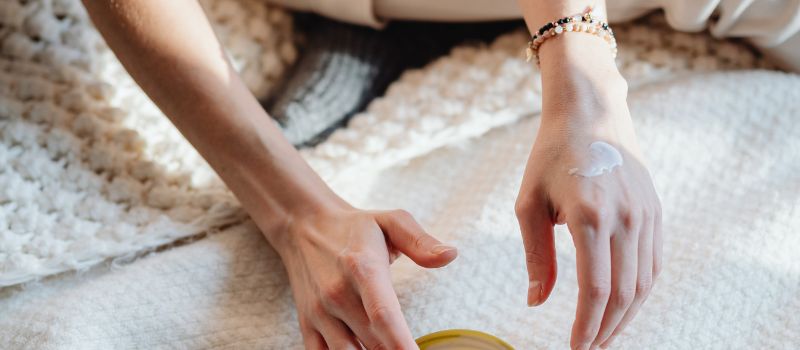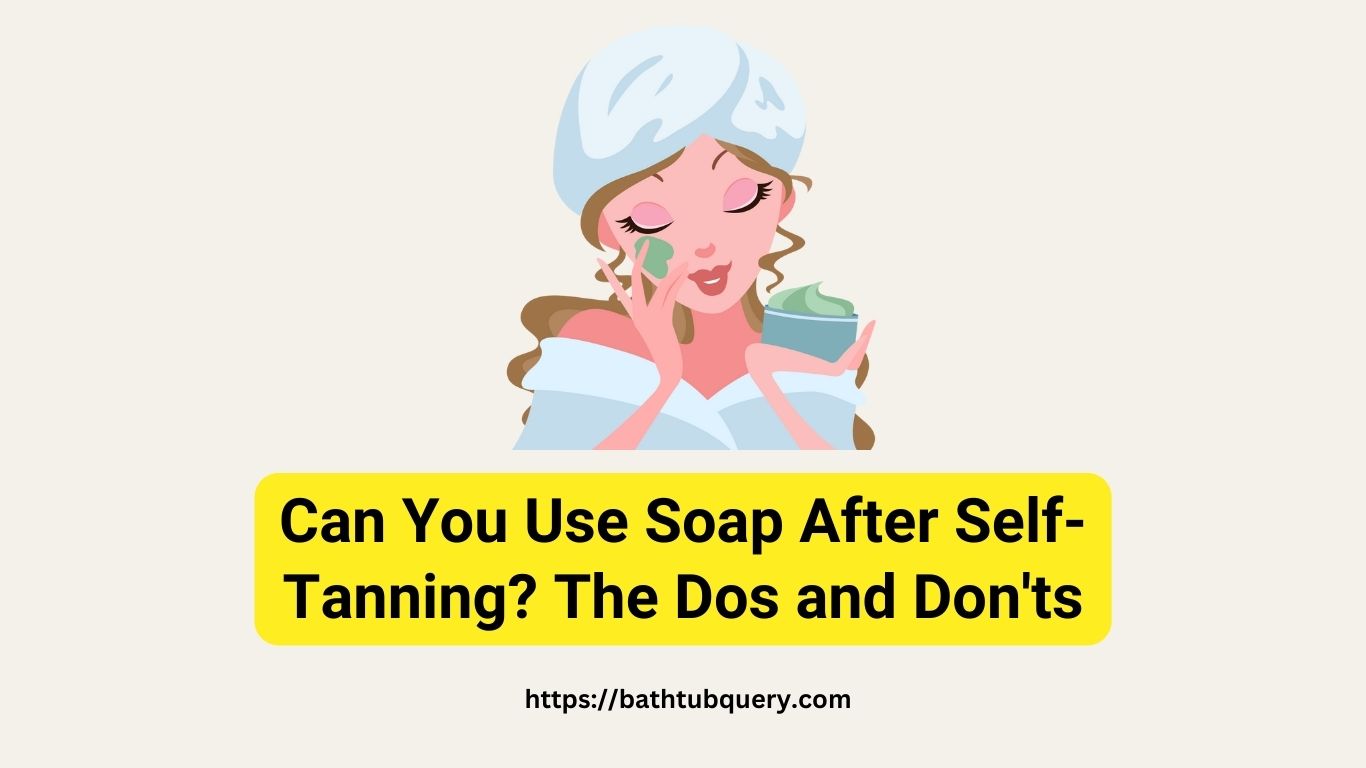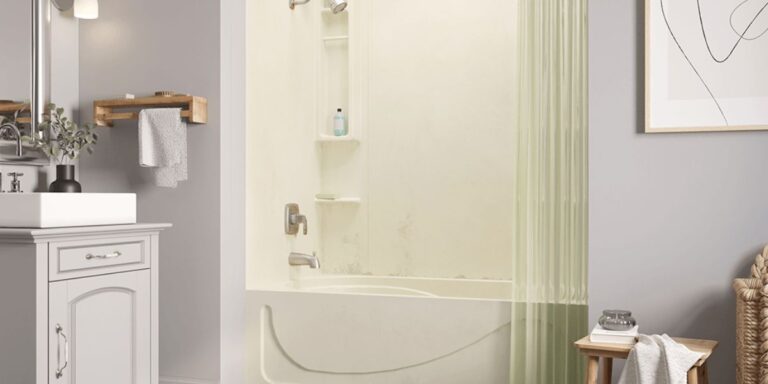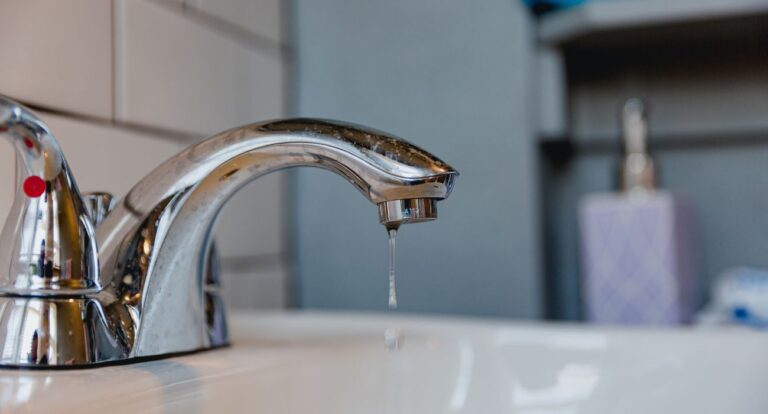Can You Use Soap After Self-Tanning? The Dos and Don’ts
Self-tanning is a common practice in the skincare and cosmetics industries for those who want to achieve a sun-kissed look without exposing themselves to UV rays. There is more to the procedure than meets the eye, despite its seeming simplicity on paper. After tanning, many people wonder if they can use soap on their skin. This article goes in-depth to help you maximize the benefits of self-tanning.
Can You Use Soap After Self-Tanning?
For an optimal tan result, it’s advisable to wait at least 4-6 hours before using any soaps or scrubs post-application. Soaps and scrubs often contain harsh chemicals and exfoliating properties, which can strip off your fresh tan or leave it looking patchy. Instead, rinse with lukewarm water until it runs clear and pat dry gently with a towel.
The Impacts of Using Soap After Self-Tanning
Strips the Tan
One of the major drawbacks of using soap after self-tanning is the potential to strip off the newly applied tan. Soaps, particularly those containing harsh cleaning agents or exfoliants, can cause a swift removal of the self-tanner from your skin. This leads to an uneven, patchy appearance that certainly isn’t the desired sun-kissed glow you were aiming for.
Renowned dermatologist Dr. Leslie Baumann corroborates, saying, “Exfoliating soaps can certainly remove the outer layer of skin where the self-tanner has been applied.” This results in a splotchy complexion and a diminished lifespan for your tan. To mitigate this, opt for gentler soap alternatives or specialized products specifically designed to work with self-tanners.
Alters the pH Balance
Another important factor to consider is how soap can alter your skin’s natural pH balance. The pH balance of your skin plays a critical role in the development and longevity of your self-tan. Most soaps have a higher pH level (alkaline), which can interfere with the DHA (dihydroxyacetone), the active ingredient in most self-tanners that darkens the skin.
According to skincare expert Caroline Hirons, “A shift in skin pH can affect how well the DHA in your self-tanner works.” It’s recommended to use a pH-balanced soap or body wash, as these are less likely to interfere with your self-tanner and disrupt your skin’s natural pH.
Dryness
Soaps are notorious for their drying effects on the skin, and this is particularly problematic when it comes to maintaining a self-tan. Dry skin can lead to a quicker shedding of tanned skin cells, making your sunless tan fade prematurely.
In the words of celebrity aesthetician Joanna Vargas, “Hydrated skin holds a tan much better than dry skin.” She advocates for using moisturizing body washes instead of traditional soaps to keep the skin hydrated and the tan intact. Maintaining adequate skin hydration not only helps your tan last longer but also ensures a smoother, more natural-looking tan.
Proper Care for Your Self-Tan

Immediate Post-Tan Care: Reviving Your Glow
Just like any luxurious beauty regimen, a self-tan is all about post-care, babying your skin, and making that stunning glow last as long as possible. That all starts with how you handle your skin immediately post-tan.
1. Rinse lightly with cool to lukewarm water.
Experts like Jules Von Hep, globally recognized tanning guru and co-founder of Isle of Paradise, emphasize the importance of your first rinse post-application. It’s recommended to keep the water at a cool to lukewarm temperature to ensure you’re not prematurely stripping away your tan.
Hot water can be harsh on the skin and the tan, so opt for cooler temperatures that are more skin-friendly. This will allow the DHA (the active ingredient in self-tanners that gives you your bronzed look) to develop properly, ensuring you get that glow you’re after.
2. Avoid using any soaps or body wash.
It might seem counterintuitive, but it’s true – the first rinse post-tan is best done soap-free. Celebrity tanning expert James Read recommends avoiding soaps, body washes, and other exfoliating products for your first shower after tanning.
Why? These products can interfere with the tanning process, causing streaks, uneven color, or even a faster fade. So yes, it might seem odd, but trust us and the experts – going soap-free for that first rinse is an absolute must!
3. Pat your skin dry, don’t rub.
After your first rinse post-tan, the method of drying off is just as crucial as the rinse itself. Dermatologists like Dr. Dendy Engelman, MD, a dermatologic surgeon in NYC, recommend patting your skin dry instead of rubbing.
The logic is simple: rubbing your skin with a towel not only can be abrasive, but it can also prematurely remove your tan. Therefore, gently patting your skin dry is the way to go. You want to keep all of that glorious bronzed skin intact!
Ongoing Care
Using a Gentle, pH Balanced Body Wash
Ensuring you use a gentle, pH balanced body wash is crucial to maintaining your sun-kissed skin. A harsh body wash could potentially strip the skin of its natural oils, leading to a dull and uneven tan.
Sarah Gibson Tuttle, founder of Olive & June, emphasizes the importance of using a pH-balanced body wash, stating that it helps to “keep the skin’s natural barrier intact. This prevents dryness and ensures that the tan lasts longer.”
Key points to consider when choosing a body wash include:
- Look for the ‘pH Balanced’ Label: Companies often label their products as ‘pH balanced’ to indicate they’re gentle on the skin. The ideal pH of a body wash should be around 5.5, which is close to the skin’s natural pH level.
- Choose Products Without Sulfates: Sulfates, often listed as Sodium Lauryl Sulfate (SLS) or Sodium Laureth Sulfate (SLES) on ingredient lists, are harsh detergents that can strip the skin of natural oils and prematurely fade your tan.
- Opt for Products with Natural Ingredients: Natural ingredients such as aloe vera, chamomile, and green tea can provide additional skin-soothing benefits.
Moisturizing Daily to Extend Your Tan
Regularly moisturizing your skin is a simple yet effective way to prolong the life of your tan. Keeping your skin hydrated allows the tan to fade evenly and gradually, maintaining a natural look.
Dr. Howard Murad, a board-certified dermatologist and founder of Murad Skincare, recommends moisturizing daily to “support the skin’s natural barrier, which in turn helps maintain the color of your tan.”
When moisturizing, remember to:
- Apply Moisturizer Daily: Consistency is key. Moisturize your skin at least once a day, ideally after showering when your skin is still slightly damp.
- Choose a Hydrating Moisturizer: Look for ingredients like hyaluronic acid, ceramides, and shea butter, which are known for their superior hydration properties.
- Consider a Gradual Self-Tanning Moisturizer: These products provide a touch of self-tanner, which can help keep your tan looking fresh and vibrant.
Avoid Exfoliating the Skin Until Your Tan Starts to Fade Naturally
While regular exfoliation is essential for healthy skin, it’s best to limit this practice while you want to maintain your tan. Exfoliating too soon can lead to your tan fading unevenly or prematurely.
Dr. Elizabeth Tanzi, a board-certified dermatologist and co-director of the Washington Institute of Dermatologic Laser Surgery, advises to “avoid any kind of exfoliation until the tan begins to fade naturally. This way, you’re ensuring the longevity of your tan.”
Keep in mind:
- Be Gentle: If you must exfoliate, be very gentle and avoid any harsh scrubs or exfoliants.
- Timing is Key: Wait until your tan starts to naturally fade before reintroducing exfoliation into your routine.
- Use a Soft Washcloth: When you’re ready to exfoliate, using a soft washcloth can be a gentle way to lift off dead skin cells without stripping away your tan.
The Ideal Soap to Use
If you must use soap, opt for those specifically formulated for self-tanned skin or ones that are gentle, hydrating, and pH-balanced.
| Ideal Soaps for Self-Tanned Skin |
|---|
| 1. Specialized Self-Tan Soaps |
| 2. Gentle, Moisturizing Soaps |
| 3. pH-Balanced Soaps |
Key Takeaways
- Avoid using soaps immediately after self-tanning.
- Choose gentle, pH-balanced soaps when you need to use them.
- Proper care is necessary to maintain your tan.
FAQs
How long after self tanning can I use soap?
Wait at least 4 to 6 hours after applying a self-tanner before using soap. It gives the tanning product enough time to fully absorb and develop on your skin.
Do I shower with soap after self tanning?
After self-tanning, shower with warm water and avoid using soap for the first rinse. This allows the tanner to set in without being washed off immediately.
How should I wash my body after self tanning?
When washing your body after self-tanning, use a gentle, oil-free body wash. Scrub lightly to avoid exfoliating the skin and washing away the tan.
What should I avoid after self tanning?
After self-tanning, avoid long baths, hot tubs, and swimming for at least 48 hours. Stay away from any product that exfoliates or scrubs the skin, and remember to hydrate your skin to keep your tan looking fresh.
Related articles:
- How Long After Tanning Can You Shower? Soaking Up the Sun
- Can You Use Epsom Salt In A Hot Tub?
- Why Do My Feet Itch at Night?

Amanda has been designing and installing bathtubs for over 15 years. She first got interested in the bathtub industry while working as an interior designer right after college. During her years as a designer, Amanda was frustrated by the lack of high-quality, unique bathtub options for her clients. This passion led her to start her own bathtub website in 2009.







